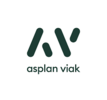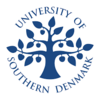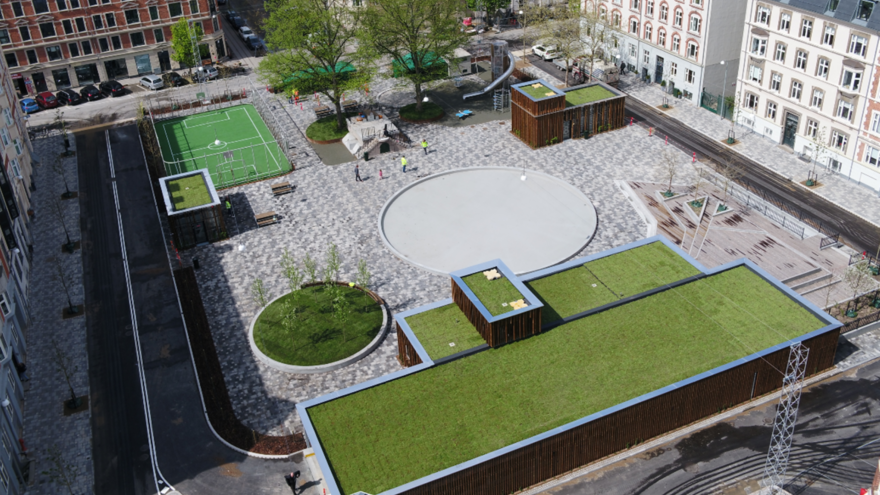Research Council of Norway
Background
This project follows the development of public open spaces for physical and social activities in local communities from idea to completion, and for up to two years after establishment in seven municipalities in Eastern Norway. Through this, the project will produce much needed research-based knowledge about the implementation, use and perceived qualities of such municipal public health measures in local communities. The participating municipalities are part of A fun detour (EMO), a project owned and implemented by Tverga (the Resource Center for self-organized sports and physical activity in Norway) in collaboration with Asplan Viak. From the EMO project, the seven selected municipalities receive both follow-up and guidance, as well as financial support to develop and realize their plans for the meeting places.
Objectives
The research project has three different focus areas. The first focus area will examine the processes that take place within the municipalities in connection with the establishment of the meeting places. The process will be followed throughout the planning, focusing on needs assessment, participation, co-creation, realization, and maintenance. The research will be conducted using various methods such as document analysis, interviews with municipal employees and the municipalities' inhabitants, and Concept Mapping. In addition, the project will develop and test a tool for mapping the needs of residents when establishing such meeting places. The tool will help strengthen the municipalities' planning of meeting places for activity in the future.
The second focus area in this research project is to investigate the use of meeting places after establishment. We will map who the users are and how the meeting places are used for different purposes. Furthermore, we will study the significance of the meeting places design, as well as local environmental factors in the areas surrounding the meeting places, that might be important for the inhabitants' use. Both digital and on-site observations will be made in different periods and seasons, to map user groups, activities and when the meeting places are most and least used. A software will also be developed that will be available to municipalities that want to map the use of their meeting places over time.
The third, and final, focus area is to produce knowledge about the importance of such meeting places for the local community and public health. The impact of the meeting place on the residents' neighborhood satisfaction, belonging, physical activity, social contact, well-being and quality of life will be mapped through surveys before and after the opening of the meeting places to investigate possible changes. This knowledge will also contribute to the development of new methods for how municipalities can evaluate and measure the importance of local environmental measures for health and quality of life.
Project participants
From NMBU:
External participants
The project is carried out in collaboration with Tverga, Asplan Viak, the Norwegian Institute of Public Health and the University of Southern Denmark.
Key partners from Tverga are advisor Vegard Sines Petersen and advisor Ragnhild Lorentzen. The partners from Asplan Viak include landscape architect and regional manager Espen Evensen Reinsfjord and urban and regional planner Karoline Birkeli-Gauss.
Elling Tufte Bere, Professor and senior scientist at the Norwegian Institute of Public Health, is the leader of work package 3.The international partners in the project are Professor Jasper Schipperijn and Associate Professor Charlotte Pawlowski (Department of Sport Science and Clinical Biomechanics, University of Southern Denmark).




